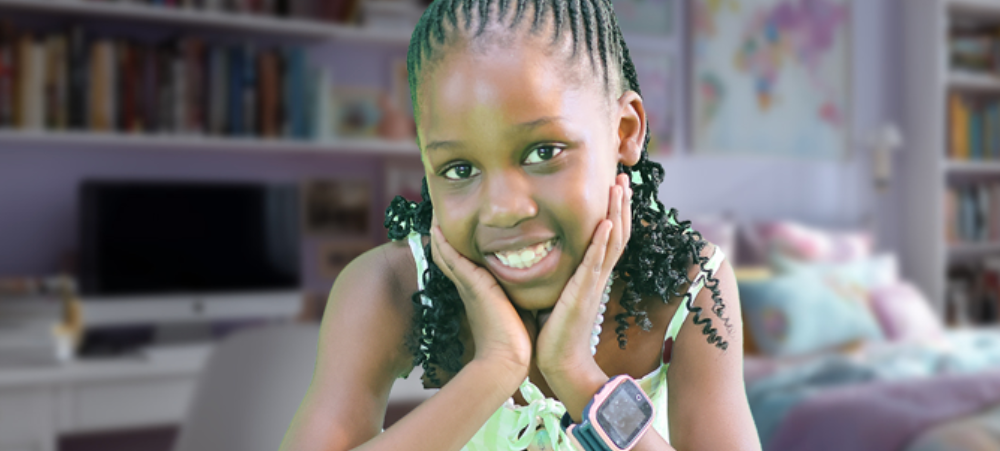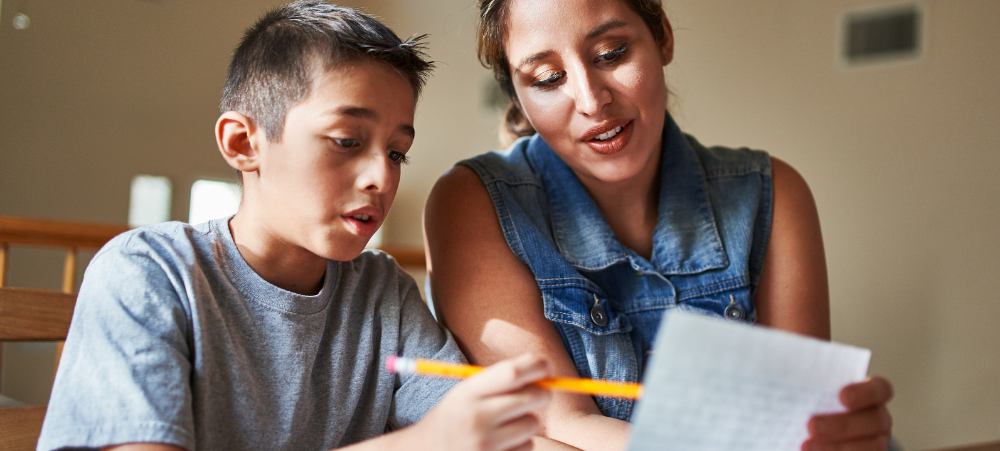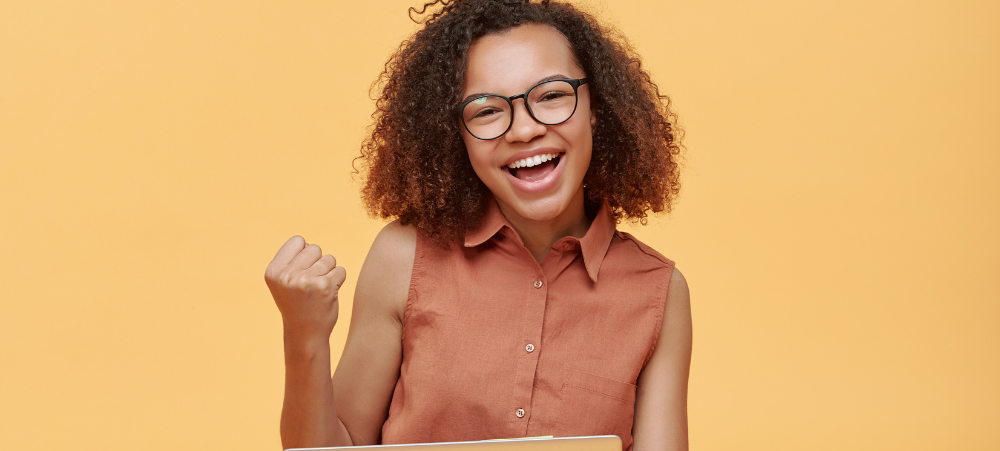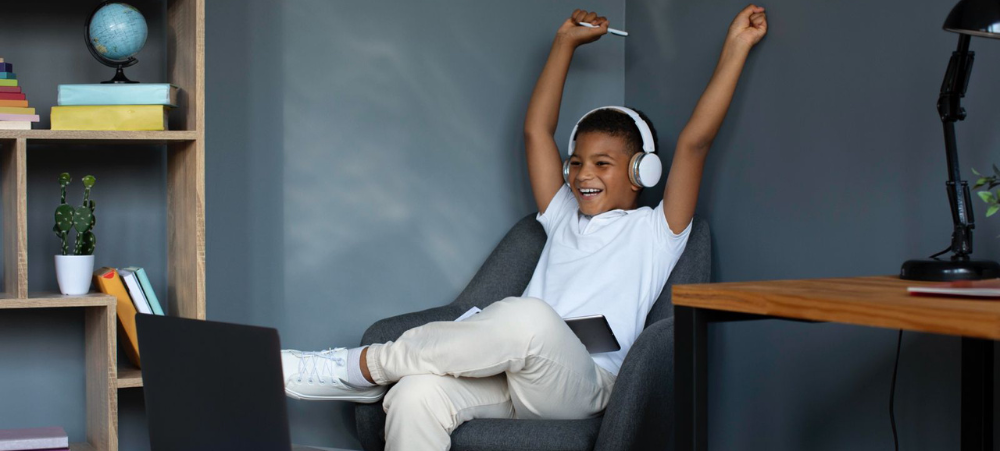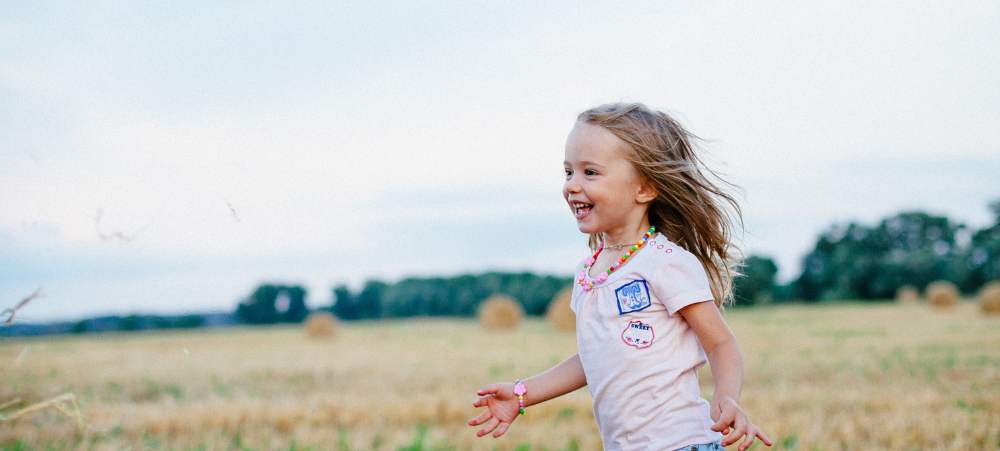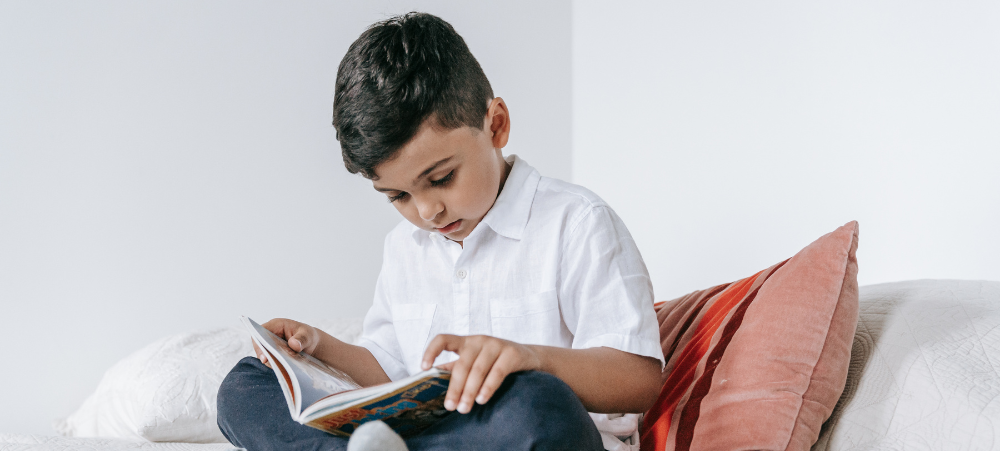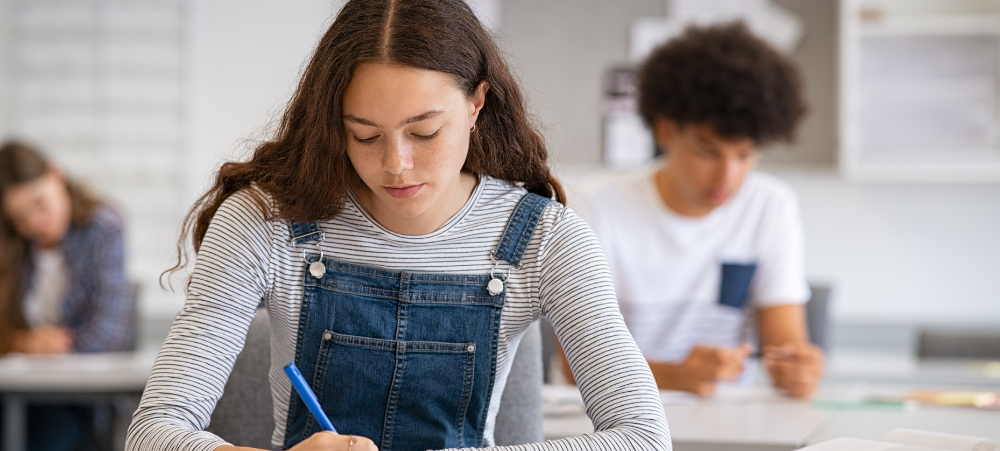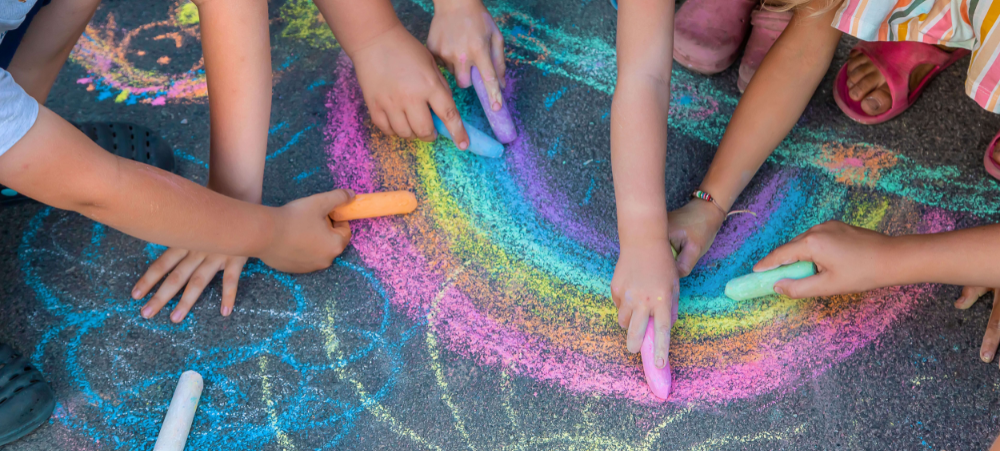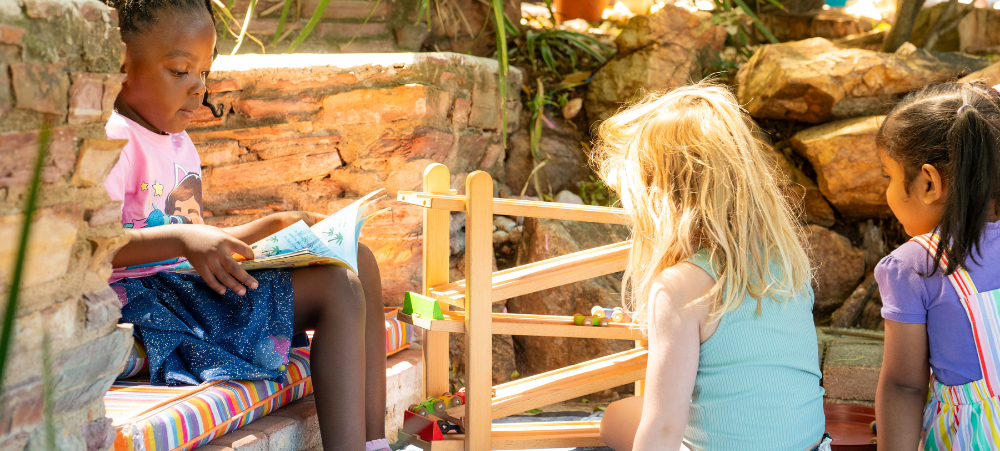Lessons from a mother, educator, and principal of St Teresa’s Junior Primary School on the quiet power of unstructured afternoons, cardboard castles, and the early roots of entrepreneurial thinking. In a world filled with instant entertainment, glowing screens, and tightly packed schedules, the idea of letting a child be “bored” might sound strange, or perhaps even unkind, to many parents. However, boredom is not something to be feared. In fact, it might just be one of the greatest gifts we can give our children. As a mother of four and the principal of St Teresa’s Junior Primary School, I’ve seen the power of boredom in action in both my own home and in our school environment. When my children were younger, our afternoons weren’t scheduled with endless activities, extra lessons, or screen time. They were filled with cardboard boxes, paper scraps, masking tape, crayons, and other ‘junk’ items. The crafts created were not Pinterest-worthy masterpieces, but rather messy, genuine, and joyful expressions of creativity. My children spent a great deal of time outdoors – they were blessed with a garden and Johannesburg’s beautiful weather. Sticks, stones, mud, water and various other natural elements were readily available for their imaginative play. My house was often filled with blankets, cushions, and sheets that were constantly being turned into tents, castles, and pirate ships. There was noise and a touch of chaos, but also concentration, collaboration, and innovation. Those hours of unstructured time contributed to the confident, resourceful adults my children have become. Three of my children are now working, finding success and fulfilment in their various fields: medical, financial, and engineering. My youngest is at university, studying engineering. He is what we affectionately call a ‘laat-lammetjie’. Due to the age gap and my own demanding work schedule, he has spent many hours entertaining himself. I smile when I see how easily he generates ideas, tackles new challenges, and sees opportunity where others might see boredom. In fact, in his first year at university, he’s already launched one small business and is working on a second. That kind of entrepreneurial drive doesn’t come from being spoon-fed entertainment; instead, it comes from having time and space to explore, experiment, and fail. From boredom came creativity. From creativity came confidence. From confidence came a young entrepreneur. When children are bored, their minds are given the space to wander, wonder, imagine, and create. It is in these moments that creativity and innovation begin to bloom. A cardboard box becomes a spaceship. A stick transforms into a wizard’s wand. A blank page turns into a comic book, a board game, or an invention. Boredom encourages children to solve problems, generate ideas, and direct their own play. I was watching a little girl in our school’s mud kitchen just the other day. She had “baked” chocolate cupcakes (a clever mix of mud and water) and was decorating them with “sprinkles” made of dry soil. No adult told her what to do, she invented it all by herself. When children are left to decide what to do next, without step-by-step instructions, they are practising planning, organising, and thinking ahead. These executive function skills underpin academic success and emotional regulation. They are learning how to break a big idea into small steps, how to persevere when things go wrong, and how to keep going when there is no immediate feedback or applause. These are the building blocks of resilience, adaptability, and internal motivation – qualities that help children grow into capable, confident adults. Allowing your child to be bored is not neglect: It is allowing your child to grow in confidence, It is saying that what they initiate and do has value This is one of the best ways to boost self-esteem As parents, we have an important role to play in this. We need to create an environment that allows this free play to take place. We need to allow certain sections of our houses, classrooms, gardens, and playgrounds to be a little ‘messy’ because children are allowed to play freely and without concern in them. At our school, we use large foam blocks, ribbons, fabrics, masking tape, and other items that the girls use to build shops, animal clinics, homes, or whatever their imaginations inspire. During this type of play, the girls collaborate, create, and take ownership of their learning. Over-scheduling children and constantly rescuing them from boredom can rob them of important developmental experiences. Many children today are overstimulated but underdeveloped in terms of problem-solving, patience, and emotional regulation. We should allow them to have unstructured, adult-free play to learn to negotiate, listen, debate, collaborate, lead, and follow. They become more emotionally resilient, socially skilled, and cognitively curious. These soft skills are essential in adulthood for building healthy relationships in the workplace and community. When we stop filling every moment, our children start filling it with their own brilliance. So, the next time your child sighs and says, “I’m bored,” try smiling and replying, “That’s wonderful.” Let them know that boredom is not something to be feared or a problem to be solved by an adult. It is something to be solved by their imagination. In the quiet spaces where nothing is planned, skills are being developed, and something extraordinary is waiting to be discovered! Lynne Elfick St Teresa’s School Junior Primary Principal






